TEARS IN THE DARKNESS
The Story of
the Bataan Death March
and Its Aftermath
TEARS IN THE
DARKNESS

MICHAEL NORMAN
and ELIZABETH M. NORMAN
Farrar, Straus and Giroux  New York
New York
Farrar, Straus and Giroux
18 West 18th Street, New York 10011
Copyright 2009 by Michael Norman and Elizabeth M. Norman
Map copyright 2009 by Jeffrey L. Ward
All rights reserved
Distributed in Canada by Douglas & Mclntyre Ltd.
Printed in the United States of America
First edition, 2009
Grateful acknowledgment is made for permission to reprint lyrics from Red Sails in the Sunset, written by Jimmy Kennedy and Hugh Williams. Used by permission of Shapiro, Bernstein & Co., Inc. All Rights Reserved. International Copyright Secured.
Library of Congress Cataloging-in-Publication Data
Norman, Michael, 1947 Oct. 2
Tears in the darkness : the story of the Bataan Death March and its aftermath / Michael Norman and Elizabeth M. Norman.1st ed.
p. cm.
Includes bibliographical references and index.
ISBN-13: 978-0-374-27260-9 (hardcover : alk. paper)
ISBN-10: 0-374-27260-3 (hardcover: alk. paper)
1. Bataan Death March, Philippines, 1942. 2. World War, 19391945Prisoners and prisons, Japanese. 3. Prisoners of warUnited StatesHistory20th century. 4. Prisoners of warPhilippinesHistory20th century. 5. Prisoners of warGreat BritainHistory20th century. 6. Prisoners of warNetherlandsHistory20th century. I. Norman, Elizabeth M. II. Title.
D803.P6 N67 2009
940.54'7252098991dc22
2008047163
Designed by Abby Kagan
www.fsgbooks.com
1 3 5 7 9 10 8 6 4 2
FOR
JOSHUA
AND
BENJAMIN
I am very calm. Let the months come, and the years, theyll take nothing more from me, they can take nothing more from me.
Erich Maria Remarque,
|
All Quiet on the Western Front |
CONTENTS

AUTHORS NOTE
THE TITLE of this book comes from a literal translation of the ideograph, or kanji, for the Japanese word anrui (on-RUE-ee).
The word and the image it conveys are meant to explain the kind of pain and sorrow that, literally, cannot be seen. Among English idioms, the metaphor that best expresses this is a broken heart.
It is true that some menmen of greed, ambition, or raw animuslove war, but most, the overwhelming number who are forced to bear arms, come home from the killing fields and prison camps with anrui, tears in the darkness.
THE DRAWINGS that appear throughout the book are taken from the sketchbooks of Ben Steele and were made during his six decades as an artist and teacher in Billings, Montana.
TEARS IN THE DARKNESS
GHOSTS
T HEY WERE STATIONED far from home when the fighting startedseven thousand miles across the Pacific from San Francisco in a large archipelago that stretches north and south for a thousand miles between Formosa and the Dutch East Indies in the warm tropical waters of the South China Sea.
Compared to some of its neighbors, the Philippines, an American possession since 1898, was a bit of a backwater. None of Singapores sparkle or the hustle of Hong Kong, but the guidebooks of the day called the place paradise, and the books were right. Manila was beautiful, palms leaning gently over the seawall along the bay, the night filled with the sweet scent of kamias.
Besides its charms, paradise had the best deep-water port in the southwest Pacific, and in 1941 that port, that strategic transit point, made the Philippines valuable to the Japanese and American generals and admirals who were furiously preparing for war, a war in the Pacific almost everyone in uniform believed was at hand.
On December 8, eight hours after it attacked the American Pacific Fleet at Pearl Harbor, Japan sent its bombers and fighters against American air, infantry, and naval bases in the Philippines. Two weeks later, 43,000 Japanese troops invaded the islands.
Waiting for them was a large force of American and Filipino defenders, more than 130,000 men, untried and ill trained, most of them. The Japanese pushed them back and back again until they were forced to retreat to a small thumb of land on the west coast of Manila Bay, the peninsula of Bataan.
There, in jungle wastes and tangled woodlands, they dug trench lines and bunkers, an army of Americans and Filipinos preparing to fight for their lives, the first major land battle for America in World War II.
Starting in January 1942, the Japanese took the peninsula under siege and left the Americans and Filipinos cut off from all help and supplies. The two sides fought for ninety-nine days, the Japanese taking horrendous casualties, the Americans and Filipinos falling back under the Japanese assaults from one final defense line to another. At last, on April 9, sick and starving, without an air force to protect them or a navy to relieve them, the men of Bataan surrendered.
More than 76,000 Americans and Filipinos under American command laid down their armsthe single largest defeat in American military history. The sick, starving, and bedraggled prisoners of war were rounded up by their Japanese captors and made to walk sixty-six miles to a railhead for the trip to prison camp, a baneful walk under a broiling sun that turned into one of most notorious treks in the annals of war, the Bataan Death March.
It is impossible, so the locals say, to walk the ground where this story takes place, the jungles and woodlands and savannas of the Philippines, without feeling the presence, the lingering tenancy, of the men who once fought thereAmericans, Filipinos, Japanese. Perhaps that is why at night, Bataanese villagers in their nipa huts often think they hear history stumbling along in the darkness outside their doors.
Some nights it is voices they hear, voices begging for food and water, voices pleading for their lives. Other nights it is the sound of shuffling feet, thousands of feet heavy with fear and fatigue, dragging north through the dust mile after mile up the Old National Road.
All of this is memory, of course, the memory of the old ones who lived along the route, or their children and childrens children who tell and retell the stories of Bataan as if they were reciting from sacred texts.
As the events of 1941-1942 passed into the hands of historians, both the battle for Bataan and the death march became symbols, the former as a modern Thermopylae, a stirring last stand, and the latter as a crucible of courage, the courage to continue on a walk to the grave.
In some sense these conceits were true, but when the dross of propaganda and myth is skimmed from the surface of history, whats left, in this case, is an example of the miscarried morality and Punic politics that underlie every appeal to armsthe bad leadership, the empty promises, the kind of cruelty that crushes mens souls. Proof too that the instant the first shot is fired, the so-called rules of war,


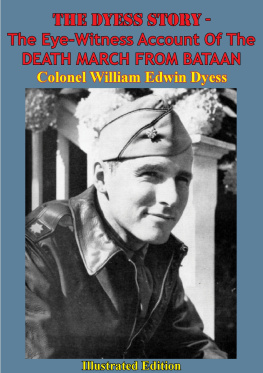

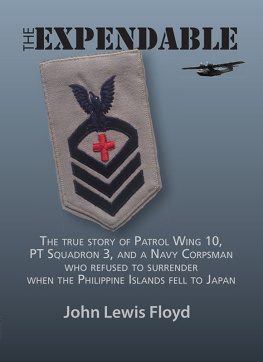
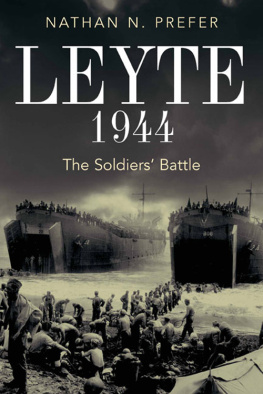


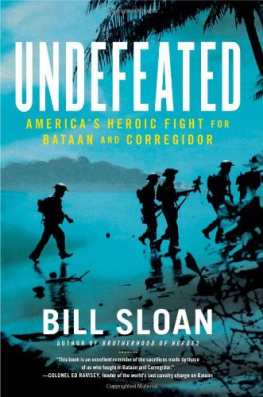
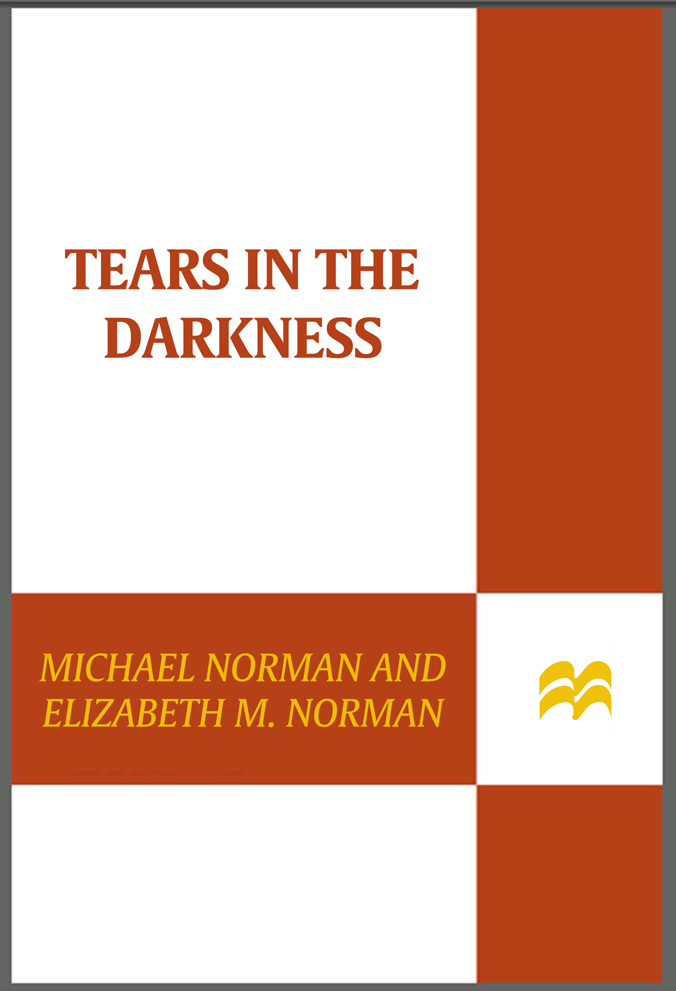

 New York
New York